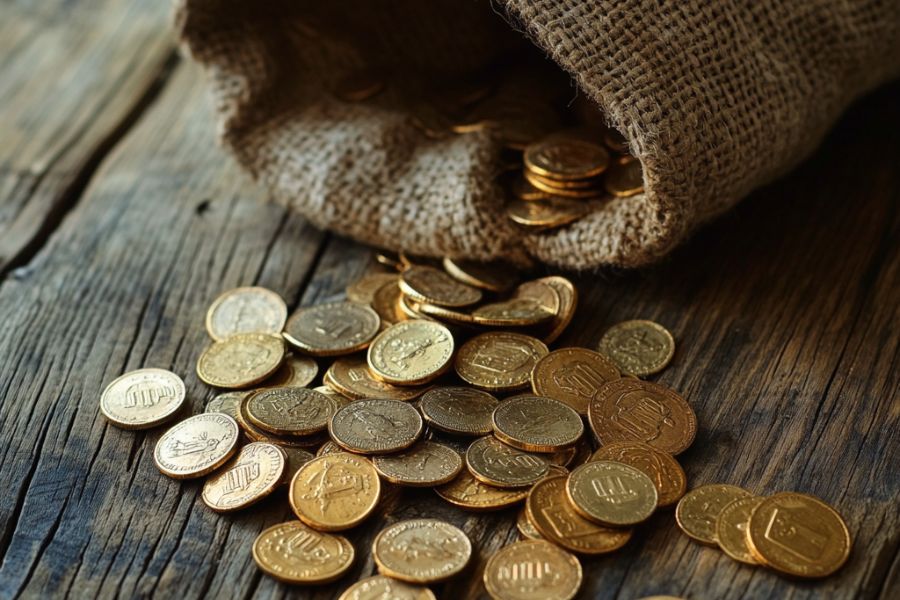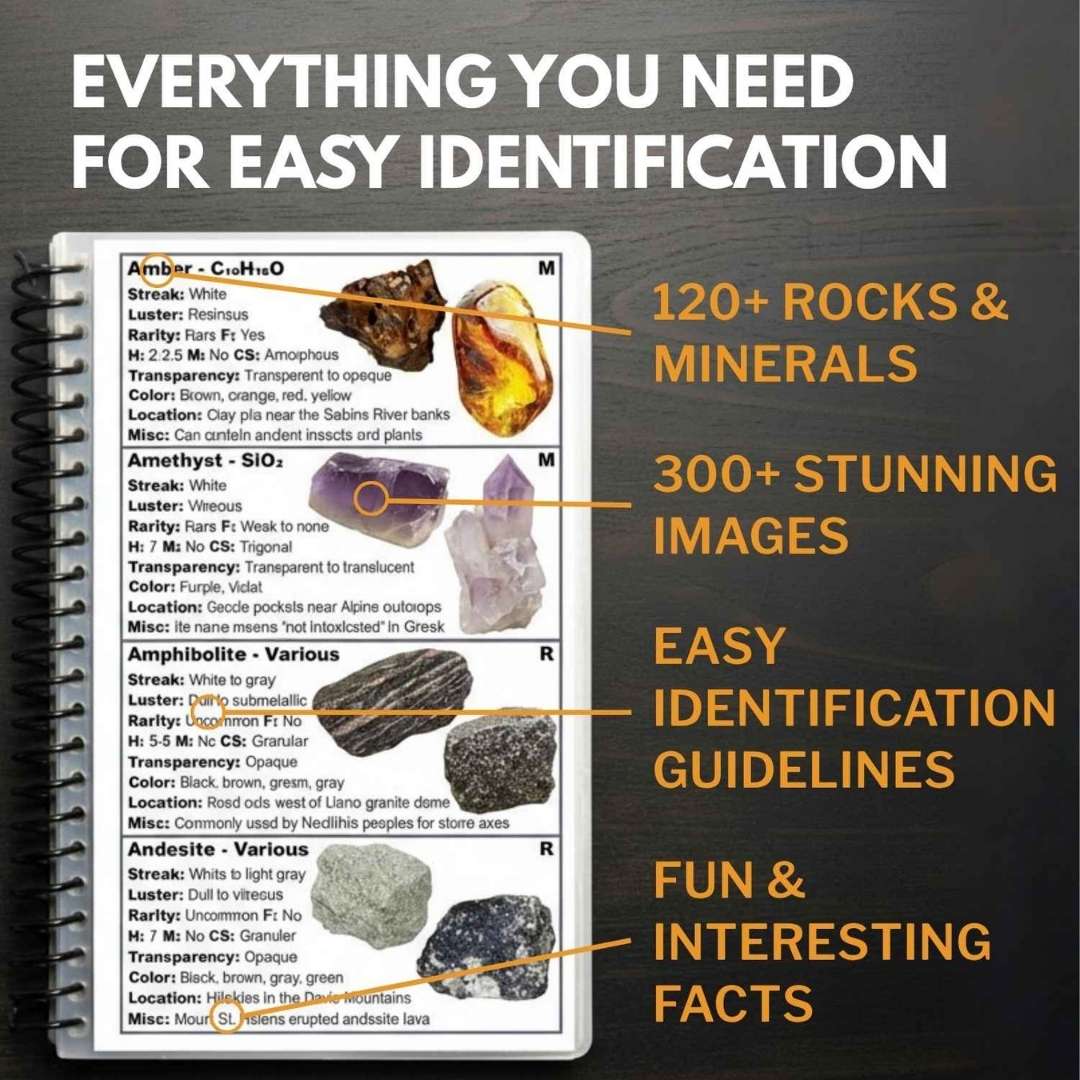Our Texas soil has given up some amazing treasures over the years. You might be surprised to learn just how many valuable items have been discovered right here in the state.
Local treasure hunters and everyday folks have stumbled upon fortunes worth millions. Some of these finds include gold coins, Civil War artifacts, and even ancient Native American relics in places you’d least expect.
Searching for treasures in Texas is a thrilling way to connect with our state’s rich history.
The best part about learning these Texas treasure stories is knowing there’s still more out there waiting to be found. From the Rio Grande Valley up to the Panhandle Plains, treasure seekers keep making incredible discoveries that remind us of our state’s fascinating past.
If you plan to look around, bring Rock Chasing’s Texas Rocks & Minerals Identification Field Guide. It will ensure you never walk right past a valuable mineral or rock, and it saves you hours of time trying to guess what you’ve picked up.
Amazing Treasures That Have Been Found In Texas
These are some of the most incredible finds in Texas to date. Once you’ve read about what has already been found don’t forget to check out our coverage of the 18 most valuable lost treasures in Texas that you might be able to find yourself!
La Belle Shipwreck – $50,000,000+
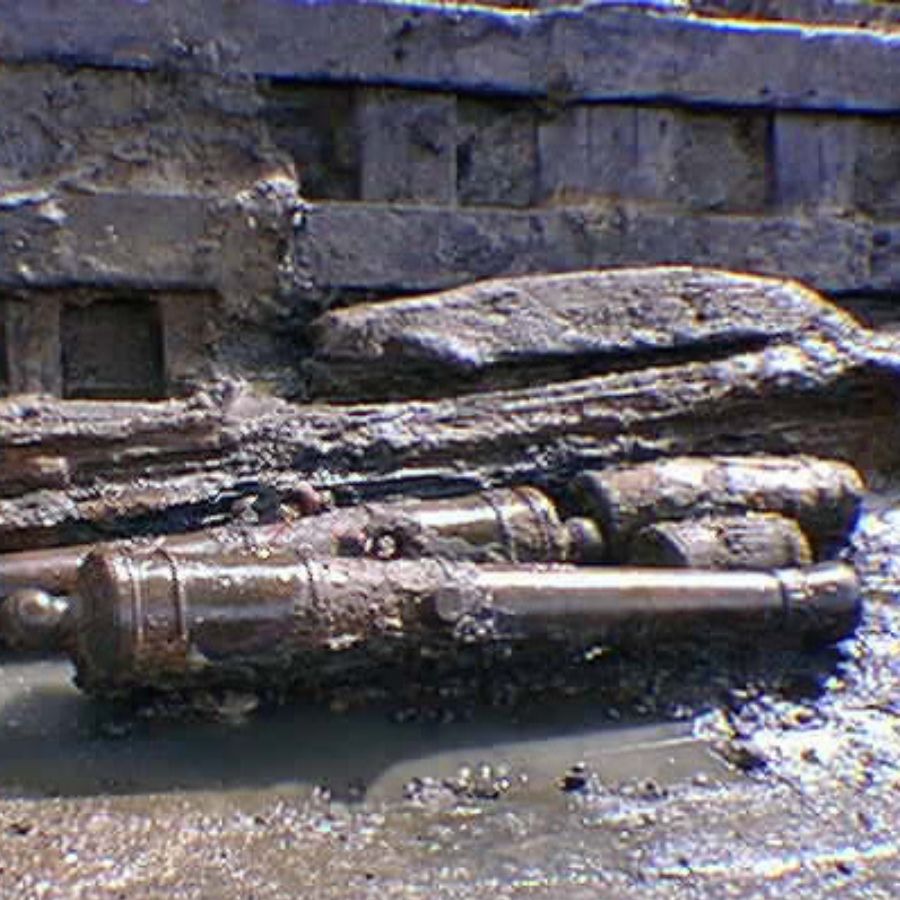
French explorer Robert de La Salle’s ship, La Belle, sank in Matagorda Bay in the late 1600s. Archaeologists found the wreck in 1995, uncovering a remarkable collection of over a million artifacts. These included muskets, trade goods, and personal belongings, all perfectly preserved underwater.
Discovery of this shipwreck helped historians understand early French colonization in North America. Wooden ship parts, cannons, and navigational tools gave clues about life aboard the vessel.
Countless hours went into carefully recovering and preserving these artifacts. Today, many of these items are displayed in museums, giving people a glimpse into the past.
How much the treasure would be worth today
Over a million artifacts were found, making this an invaluable historical discovery. The total value of the collection today is estimated at over $50 million.
If you want REAL results finding incredible rocks and minerals in Texas you need one of these 👇👇👇
Finding the coolest rocks in Texas isn’t luck, it's knowing what to look for. Thousands of your fellow rock hunters are already carrying Rock Chasing field guides. Maybe it's time you joined the community.
Lightweight, mud-proof, and packed with clear photos, it’s become the go-to tool for anyone interested discovering what’s hidden under our red dirt.
Join them, and make your next rockhounding trip actually pay off.
📘 Order the Texas Field Guide Now →
What makes it different:
🚙 Field-tested across Texas rivers, ranchlands, and roadcuts.
📘 Heavy duty laminated pages resist dust, sweat, and water.
🧠 Zero fluff — just clear visuals and straight-to-the-point info.
📍 Find hidden gems like Blue Topaz, Texas agate, and petrified wood fast.
⭐ Rated 4.8★ by real collectors who actually use it in the field.
Columbian Mammoth Skull – $500,000+
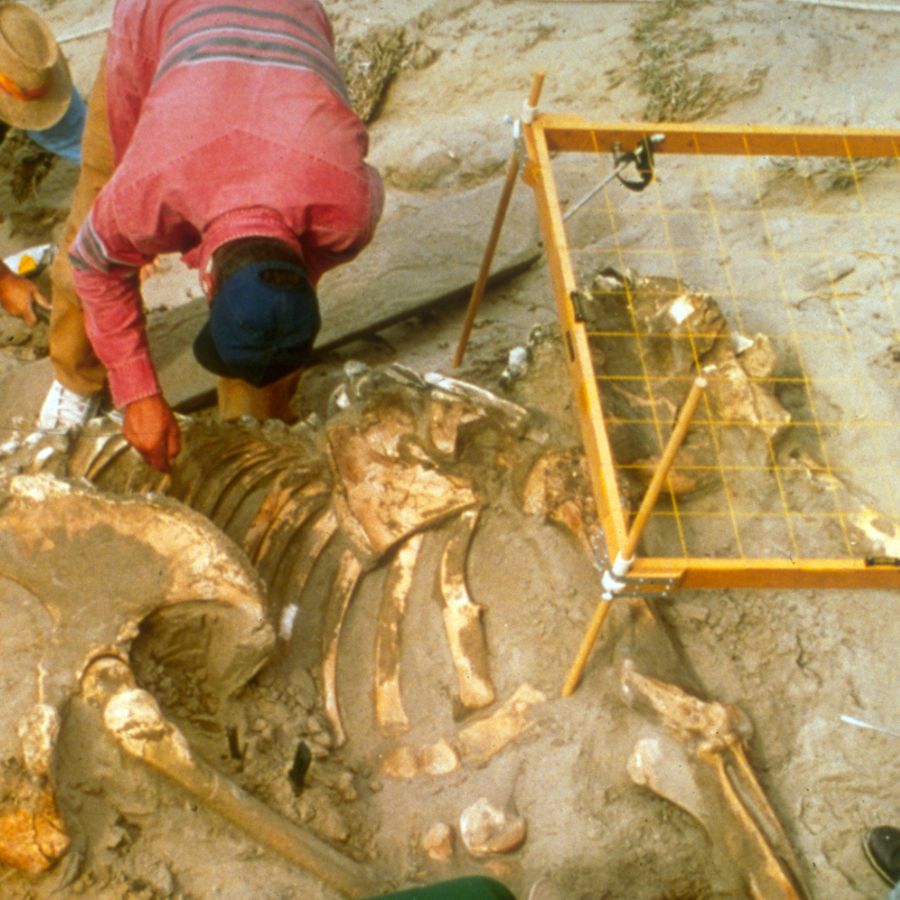
Ellis County became the center of attention when a massive mammoth skull was unearthed. Experts believe the fossil is around 40,000 years old. This discovery provided insight into the prehistoric creatures that once roamed North America.
Scientists studied the skull to learn more about mammoth evolution and extinction. The well-preserved remains included large tusks, offering clues about the animal’s diet and environment. Such finds help paleontologists understand ancient ecosystems.
People from all over visited the excavation site, eager to witness history being uncovered. It remains one of the most exciting fossil discoveries in recent years.
How much the treasure would be worth today
A mammoth skull of this size and age is extremely rare. Experts estimate it could fetch over $500,000 if auctioned to collectors and institutions.
Barringer Hill Rare Earth Minerals – $100,000,000+
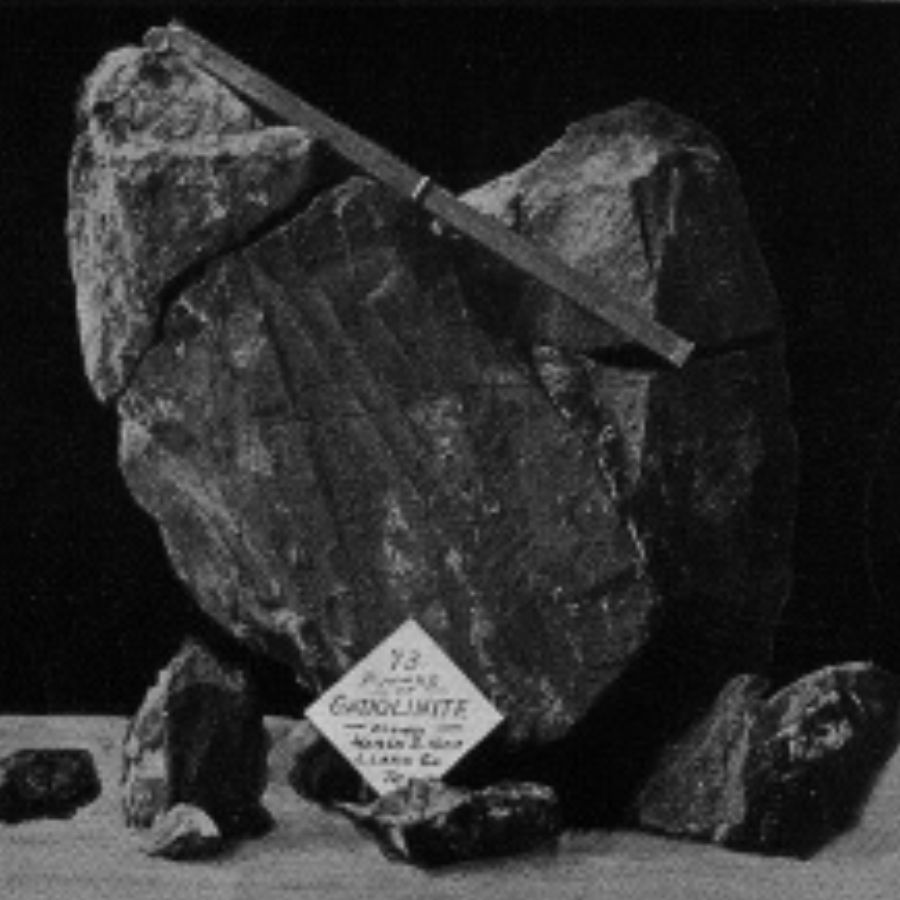
In 1887, prospector John Baringer discovered Barringer Hill, a rich deposit of rare earth minerals near the Colorado River in Texas. The site became famous for containing minerals like gadolinite, yttrialite, and fergusonite, some of which had never been found in the U.S. before.
Scientists quickly recognized the importance of these minerals, particularly gadolinite, which was used in early lighting technologies.
Thomas Edison and George Westinghouse both sought control of the site due to its potential in improving light filaments. Eventually, Edison’s Piedmont Mining Company took ownership, and later, the Nernst Lamp Company mined the site to extract yttria minerals for electric lamps.
For a short time, the minerals from Barringer Hill were crucial for advancing electric lighting technology. However, demand declined as newer materials replaced these rare earth elements, and mining ceased.
How much the treasure would be worth today
The value of these rare earth minerals would exceed $100 million today.
Natural Bridge Caverns – $200,000,000+
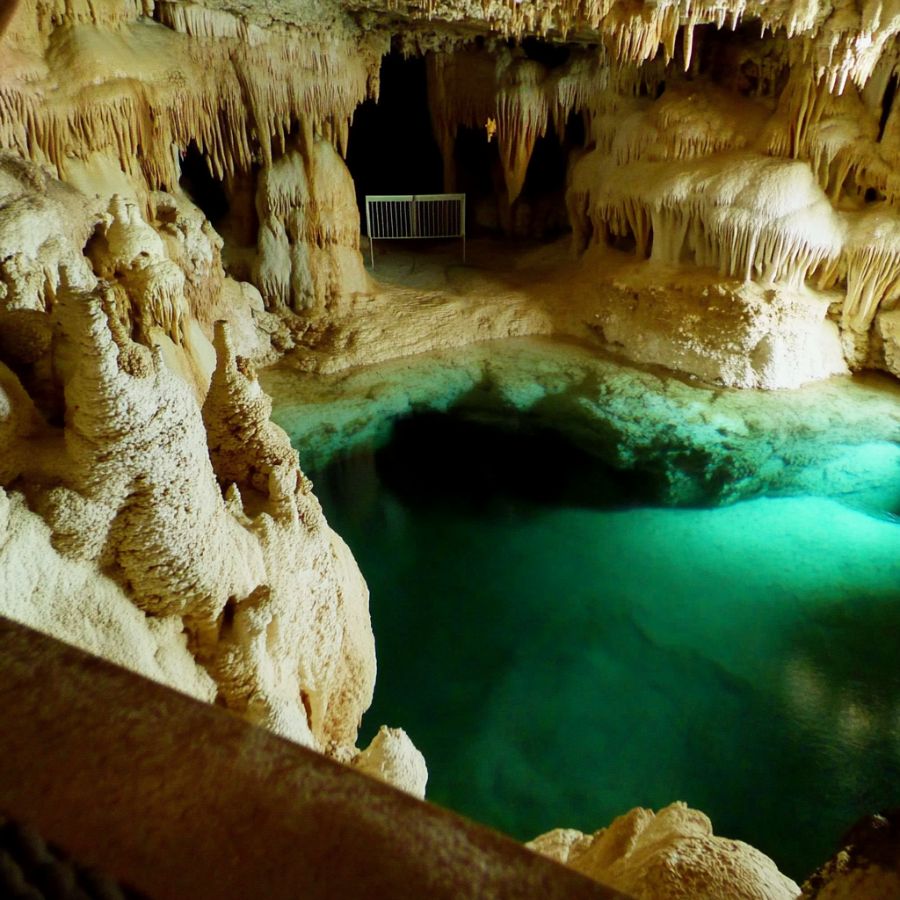
Explorers stumbled upon a hidden underground world near San Antonio. Inside the caverns, they found ancient human artifacts and the remains of prehistoric bears. The discovery turned into one of the largest cave systems in Texas.
Researchers studied the artifacts to learn about early human life in the region. Stalagmites and stalactites lined the caverns, creating breathtaking natural formations. The site became an important attraction for geologists and historians alike.
Visitors can now tour the caverns and experience their vast beauty. Tourism transformed the area, boosting the local economy significantly.
How much the treasure would be worth today
The caverns are now worth over $200 million.
Fort Saint Louis Artifacts – $10,000,000+
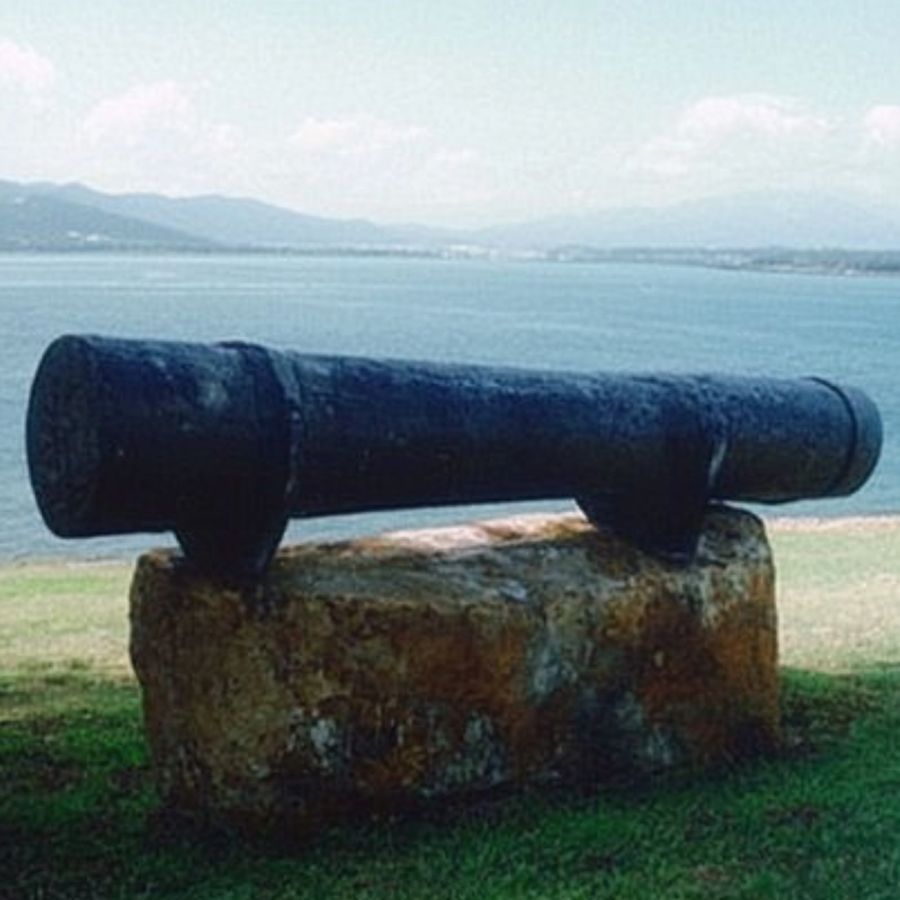
Near Garcitas Creek, archaeologists uncovered remains from Fort Saint Louis. This 17th-century French settlement held valuable artifacts, including cannons and personal items. The discovery helped historians piece together the story of early European presence in Texas.
Rusty weapons, pottery, and household items gave insight into daily life at the fort. The artifacts revealed how French settlers interacted with Native Americans and the harsh environment. Every item found told a small part of a much bigger history.
Excavations continued for years, uncovering more relics of the past. Many of these objects are now displayed in museums.
How much the treasure would be worth today
The collection could be worth over $10 million today.
San Esteban Shipwreck – $5,000,000+
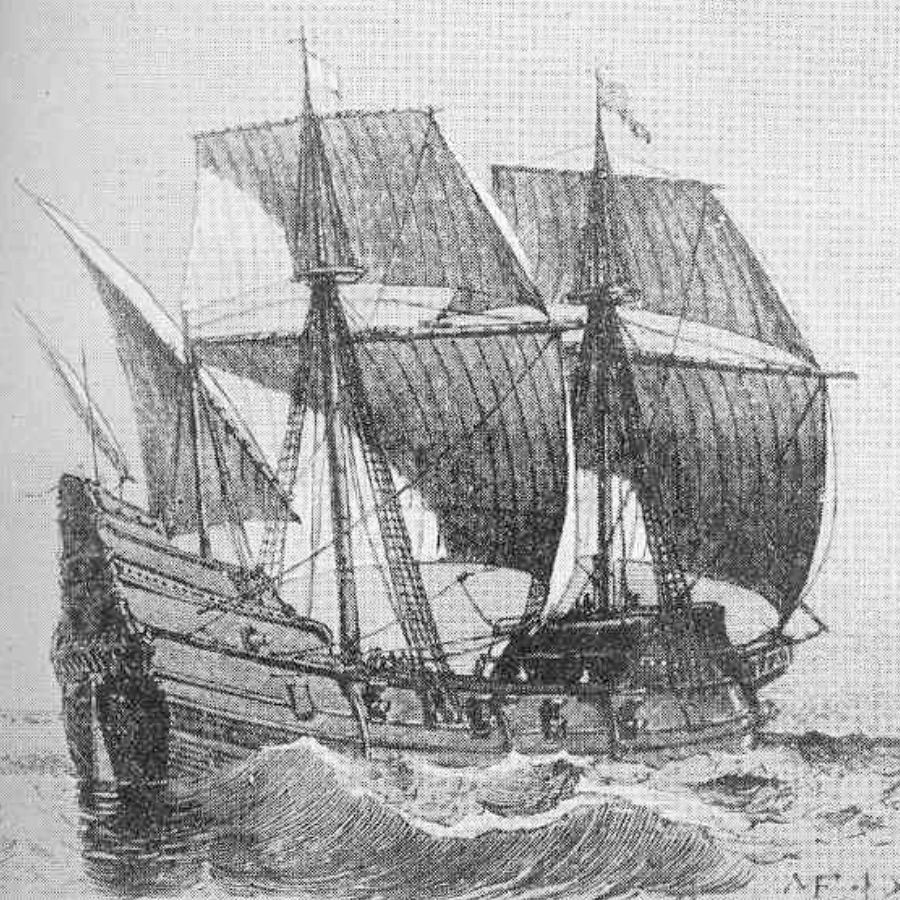
Treasure hunters searching the Texas coast in 1970 found something amazing. A magnetometer survey revealed the sunken remains of the San Esteban, a Spanish ship that sank in 1554. This wreck held artifacts that provided a glimpse into early European exploration.
Explorers recovered cannons, coins, and trade goods from the ship. These objects showed how Spanish sailors prepared for long ocean voyages. The wreck also gave clues about shipbuilding techniques of the time.
Archaeologists carefully studied each artifact to understand the ship’s final journey. They found personal belongings that once belonged to the crew. Museums now display many of these artifacts for the public to see.
How much the treasure would be worth today
Gold coins, weapons, and relics from the San Esteban could be worth over $5 million today.
Leanderthal Lady – $5,000,000+
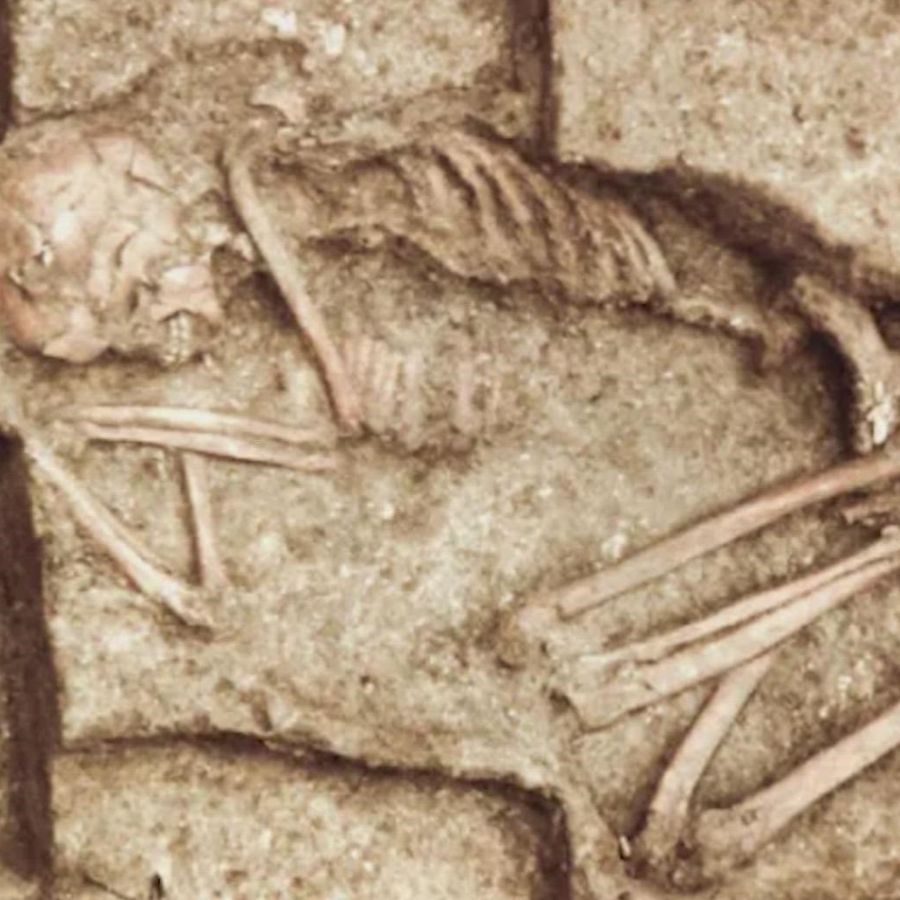
In 1983, construction workers near Leander, Texas, made a shocking discovery. While digging, they found the ancient skeletal remains of a woman. Scientists later determined she lived between 10,000 and 13,000 years ago.
This prehistoric woman’s bones were remarkably well-preserved. Anthropologists examined them to learn about early human life in North America. Her remains revealed clues about diet, health, and migration patterns.
Experts gave her the nickname “Leanderthal Lady” because of her location. Her skeleton provided new knowledge about early humans in Texas.
Today, researchers continue studying her remains. The knowledge gained from her bones is priceless for the field of archaeology.
How much the treasure would be worth today
Because of its historical significance, this discovery is priceless. But if estimated, it can valued at $5 million.
Pterosaur Fossil – $1,000,000+
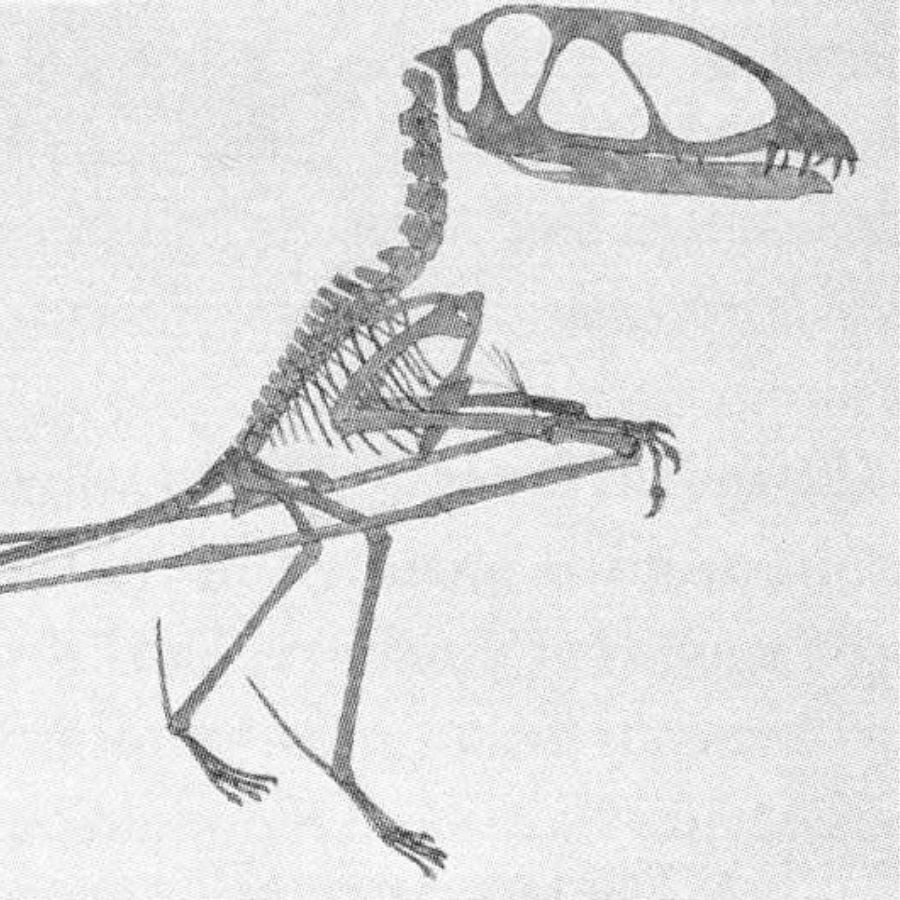
Hikers exploring Big Bend National Park in 1971 made an exciting find. They stumbled upon fossilized bones belonging to a pterosaur, a flying reptile from the age of dinosaurs. This rare discovery added to what scientists knew about prehistoric creatures.
Fossil experts carefully excavated the site. They found that the bones belonged to one of the largest pterosaurs ever discovered. The skeleton helped paleontologists understand how these ancient reptiles flew and hunted.
Studying the fossil revealed new details about pterosaur wings and bone structure. Scientists learned how these creatures adapted to their environment. This discovery gave them a clearer picture of the world millions of years ago.
How much the treasure would be worth today
A well-preserved pterosaur fossil could be worth over $1 million at auction.
Monterrey Shipwrecks – $10,000,000+
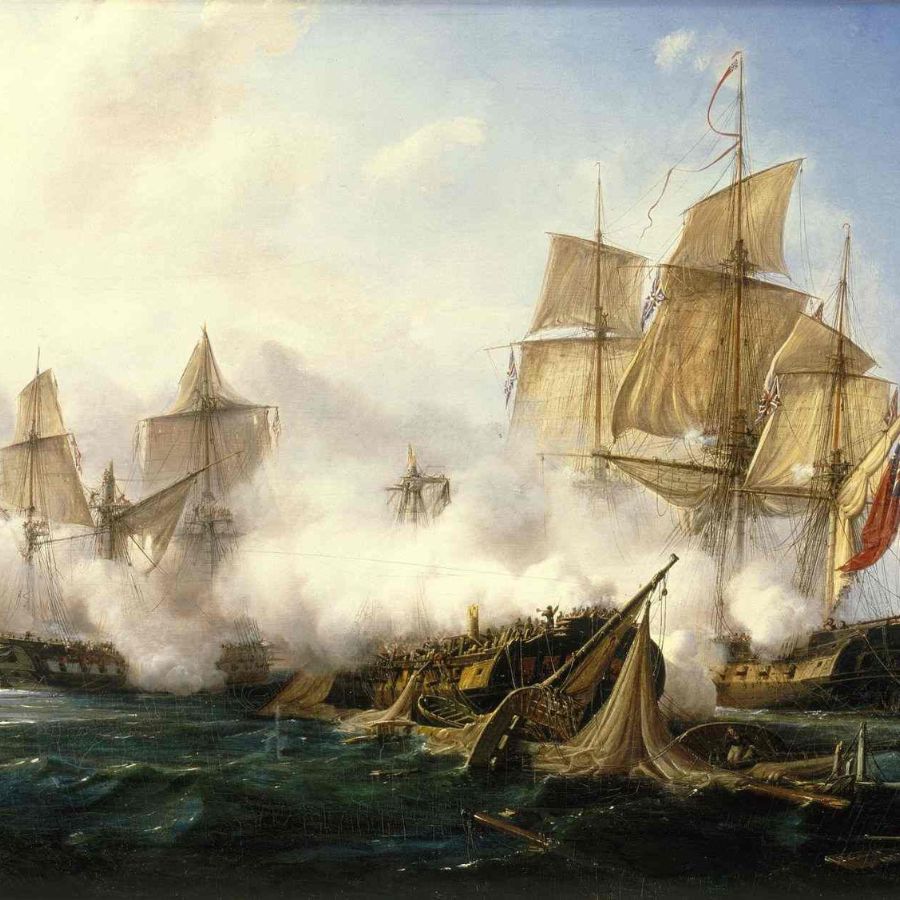
In 2011, deep-sea explorers searching the Gulf of Mexico discovered three sunken ships from the 1830s near Galveston. These wrecks were filled with historical artifacts.
Divers found cannons, gold coins, and trade goods inside the ships. The vessels appeared to be merchant or pirate ships. Experts believe they sank in a storm, leaving behind their valuable cargo.
Researchers used underwater robots to explore the wrecks. They carefully recovered objects without damaging the fragile remains. This discovery gave historians a better idea of maritime trade during the early 19th century.
Many of the recovered items are now on display. The ships and their cargo remain one of the most valuable deep-sea finds in recent years.
How much the treasure would be worth today
The gold coins and artifacts found in these wrecks are worth over $10 million.
Hueco Tanks Pictographs – $2,000,000+

Ancient artists once painted on the rocks of Hueco Tanks State Park. Hidden in the caves and cliffs, these pictographs remained undisturbed for centuries. Native Americans created these images to tell stories and share traditions.
The drawings include animals, symbols, and figures of people. Archaeologists believe they were made thousands of years ago. Each pictograph reveals something about the culture and beliefs of the people who made them.
Researchers have studied the pigments used in the paintings. They found that early people used minerals and natural materials to create long-lasting colors. These images have helped historians understand early artistic expression.
Visitors can see these paintings at the park today. They remain one of the best-preserved examples of ancient rock art in Texas.
How much the treasure would be worth today
The cultural value of these pictographs is beyond price, but if sold, they could be worth over $2 million.
You've probably walked past some incredible rocks and minerals. You need this guide 👇👇👇
We've all come across a cool rock that we could have sworn was rare or valuable but couldn't tell what it was.
If you're not 100% confident that you know every rock and mineral in Texas this guide is for you.
The Texas Rocks & Minerals Field Guide helps you ID what you find in seconds, from Hill Country agates to Llano granite, with crisp photos, simple charts, and zero fluff.
→ Grab your copy today and spot your next gem before anyone else does.
What this guide unlocks:
🧭 Confidence in the field — ID rocks fast and move on to the next find
🎒 Lightweight and waterproof — built for trails, not coffee tables
🌅 Weekend adventures — find treasures on rivers, ranches, and roadsides
🤠 Texas pride — explore the real geological beauty of your state
🔥 Motivation — every trip outside feels like a hunt for hidden gems
Midland Man – $1,000,000+
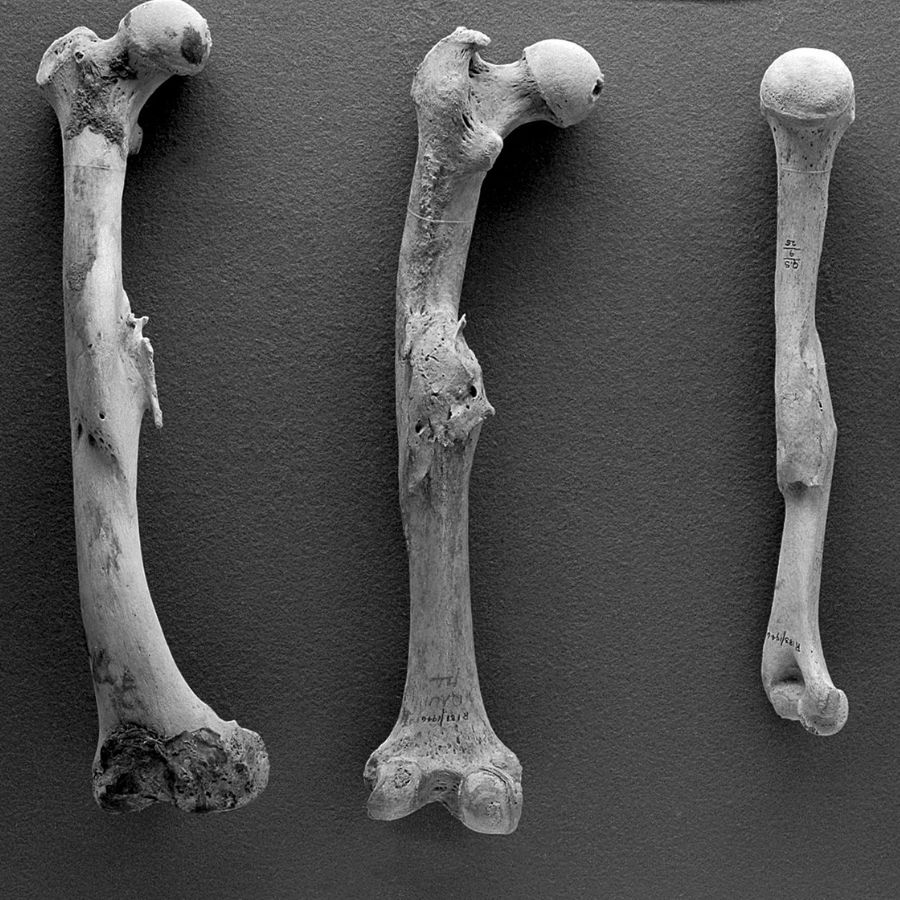
Scientists discovered ancient human bones near Midland, Texas. At first, they believed the remains were over 11,000 years old, making them some of the oldest in the Americas. Later studies showed they were younger, but the find still held great importance.
Researchers examined the bones to learn about early human life. The skeleton provided clues about diet, health, and how people lived in prehistoric times. This discovery helped archaeologists understand ancient migration patterns.
Excavations at the site uncovered more than just bones. Scientists found stone tools and artifacts nearby. These items helped piece together the story of the people who once lived there.
Many of these remains and artifacts are now studied in museums. This discovery still plays a key role in learning about early human history in Texas.
How much the treasure would be worth today
The treasure could be worth 1 million dollars if auctioned today.
Dr. García’s Gold – $500,000+
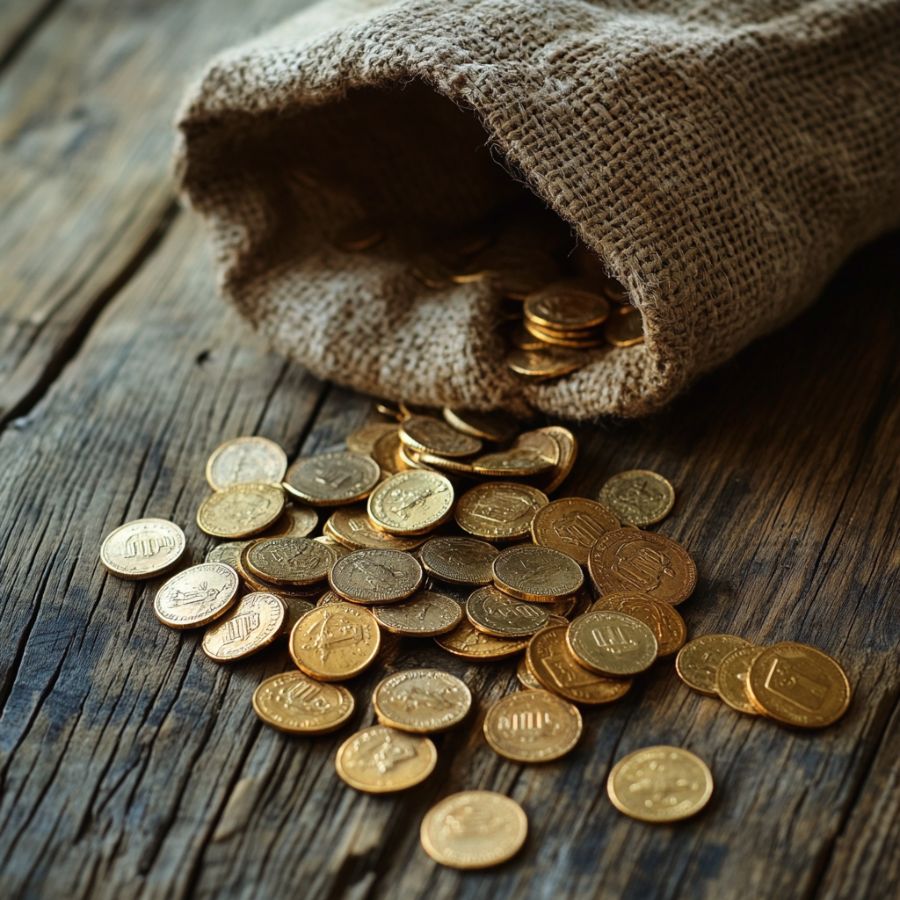
A plumber in San Diego, Texas made a shocking discovery in 2002. While fixing a sewer line, he unearthed gold coins buried long ago. These coins belonged to Dr. José García, who hid them in 1933 to keep them from the government.
Gold coins from that time were rare. Each one had historical and monetary value. The find excited historians and treasure hunters alike.
Experts believed more coins could still be buried under the house. People searched the property, hoping to uncover the rest of the lost fortune. Some coins ended up in private collections.
Today, this treasure remains a famous example of hidden wealth. It also reminds people of the Great Depression and how citizens protected their money.
How much the treasure would be worth today
The recovered gold coins are worth over 500,000 dollars, and the rest of the hidden fortune could be worth even more.
Parker’s Fort Artifacts – $1,500,000+
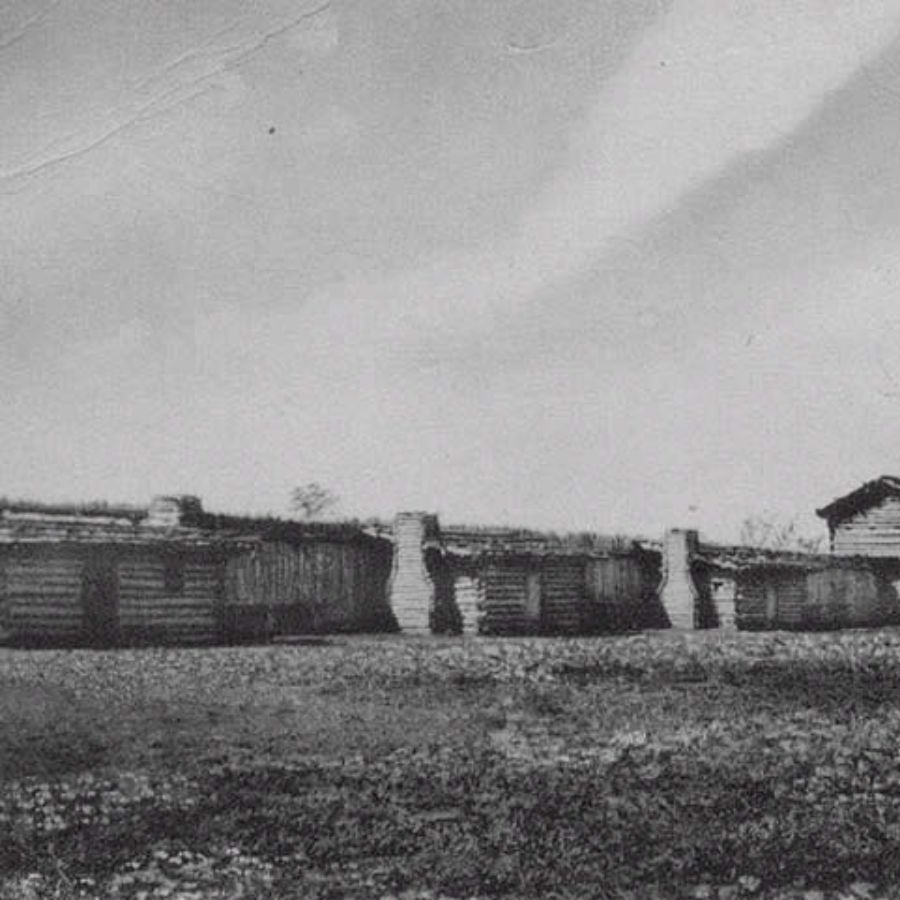
Workers digging at the Fort Parker site uncovered personal belongings from settlers. These objects gave a glimpse into the struggles of early Texas pioneers.
Archaeologists found tools, clothing pieces, and weapon parts. Some items belonged to the Parker family, who built the fort in the 1830s. The artifacts told the story of the fort’s tragic history.
The Comanche attack on Fort Parker in 1836 became legendary. Some settlers were killed, while others were captured. Among them was Cynthia Ann Parker, who later became the mother of the famous Comanche chief Quanah Parker.
Museums now display many of these items. They help people learn about Texas’ frontier days and the conflicts that shaped its history.
How much the treasure would be worth today
Due to their historical significance, the artifacts could be valued at 1.5 million dollars.
Alamo Artifacts – $3,000+
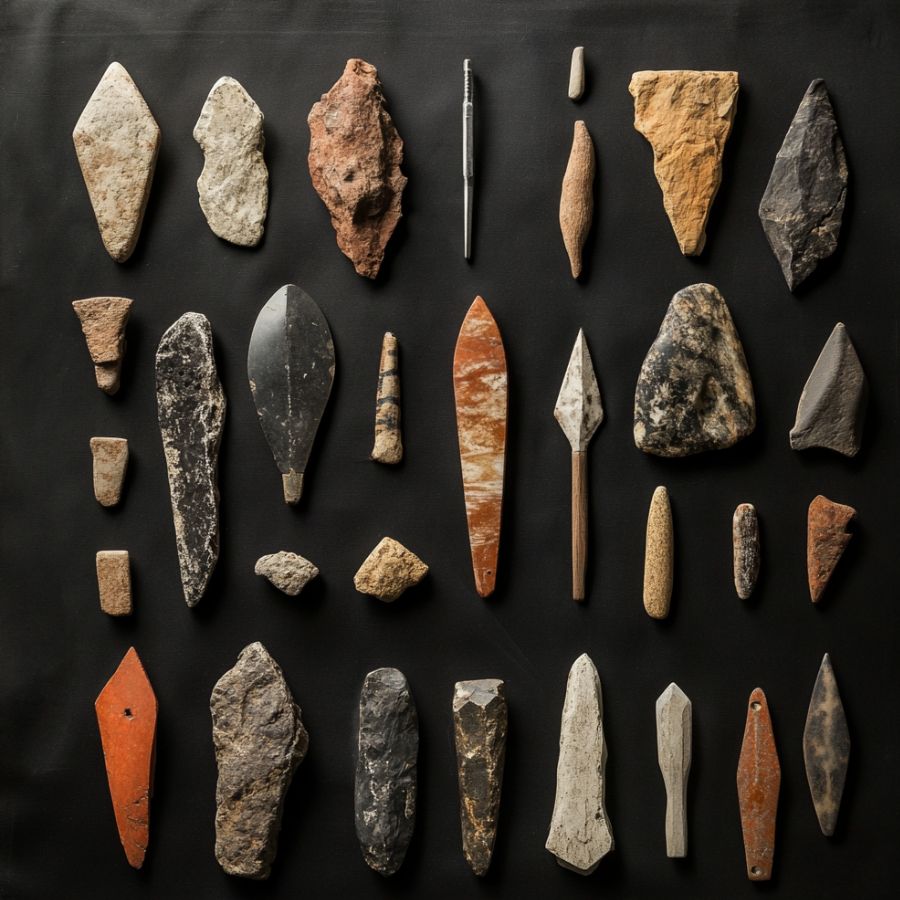
People searching near the Alamo have uncovered amazing relics. Items from the famous 1836 battle have been found, including weapons, buttons, and personal belongings. These objects help tell the story of the fight for Texas independence.
Bullets and cannon fragments show the intensity of the battle. Historians have studied these artifacts to learn how the battle was fought. Each object helps bring the history of the Alamo to life.
Personal items such as belt buckles and knives have also been found. These belonged to the defenders and soldiers who fought bravely. Their sacrifice remains an important part of Texas history.
Museums and collectors prize these rare artifacts. They remind people of the bravery and sacrifice made at the Alamo.
How much the treasure would be worth today
Alamo artifacts are highly valuable, with some pieces worth over 3 million dollars.
Alibates Flint Quarries Tools – $500,000+

Long ago, ancient people carved tools from colorful Alibates flint. Found in the Texas Panhandle, this stone was one of the best materials for making weapons and cutting tools. Thousands of years ago, Native Americans traveled great distances to get it.
Archaeologists discovered arrowheads, knives, and scrapers at the site. These tools helped people survive by hunting and preparing food. The sharp, durable flint was perfect for making weapons.
Trade networks spread this flint across North America. Many ancient cultures prized it for its strength and beauty. The quarries became an important part of prehistoric life.
Today, visitors can see the quarry site and its ancient tools. These artifacts remain a valuable link to early Native American history.
How much the treasure would be worth today
If sold, Alibates flint tools could be worth over 500,000 dollars, but their historical value is far greater.
Diego Rivera Painting Discovery – $3,000,000+
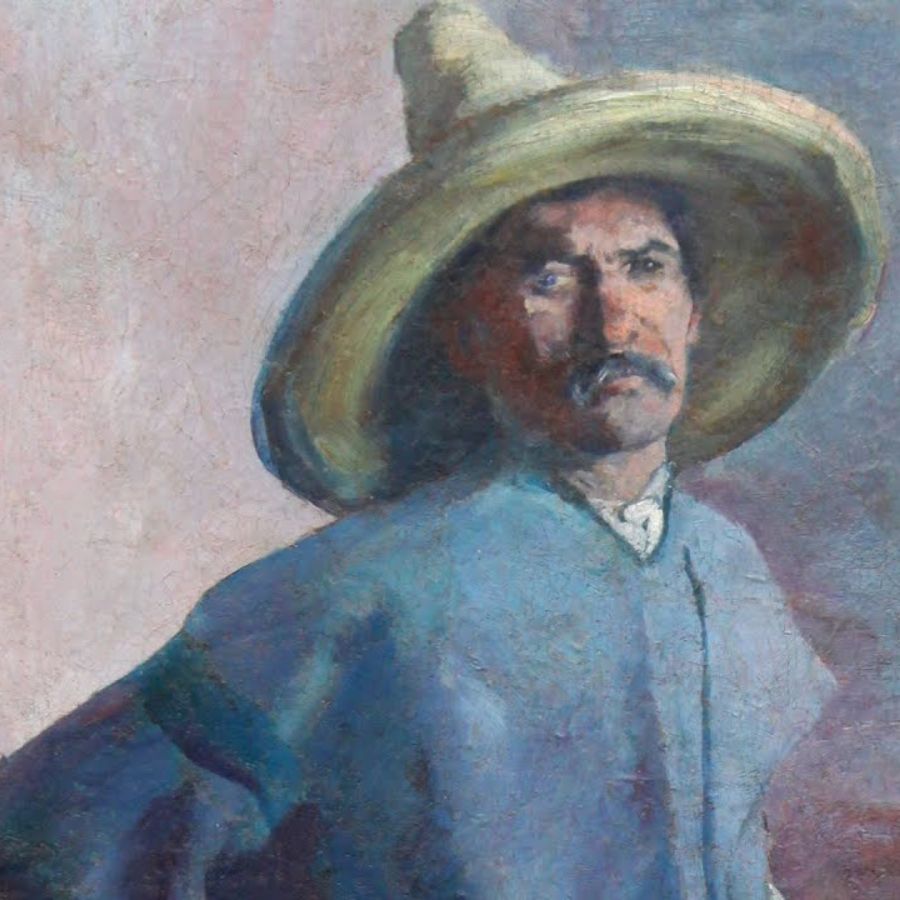
In 2012, Corpus Christi resident Rue Ferguson brought a painting to the PBS show “Antiques Roadshow.” His great-grandparents had purchased the artwork in Mexico around 1930. Experts identified it as “El Albañil” (“The Bricklayer”), an original piece by Diego Rivera from 1904 when the artist was just 18 years old.
Initially, appraisers valued the painting between $800,000 and $1 million. Later, in 2018, the estimate increased to $1.2 million to $2.2 million, reflecting Rivera’s growing acclaim.
The painting had been stored behind a door for years, its significance unrecognized. After its true value was discovered, Ferguson considered donating it to a museum specializing in Rivera’s work.
How much the treasure would be worth today
Given the appreciation of Rivera’s works, the painting could now be valued between $2.5 million and $3 million.
Sam Bass’s Hidden Loot near Round Rock – $500,000+

In the 1920s, a farmer near Round Rock, Texas, reportedly discovered a cache of gold coins while plowing his field. These coins were believed to have been buried by the outlaw Sam Bass in 1878. At the time of discovery, the coins were estimated to be worth $10,000.
Sam Bass was a notorious outlaw known for robbing trains and banks in the late 19th century. Before his death in 1878, he was rumored to have hidden stolen gold in various locations around Texas. The farmer’s find lent credence to these legends.
Despite this discovery, many believe that additional caches of Bass’s loot remain hidden. Treasure hunters continue to search areas around Round Rock, hoping to unearth more of the outlaw’s buried wealth.
How much the treasure would be worth today
The discovered cache would be worth approximately $500,000 today.
Spanish Coins near Sabine River – $1,000,000+
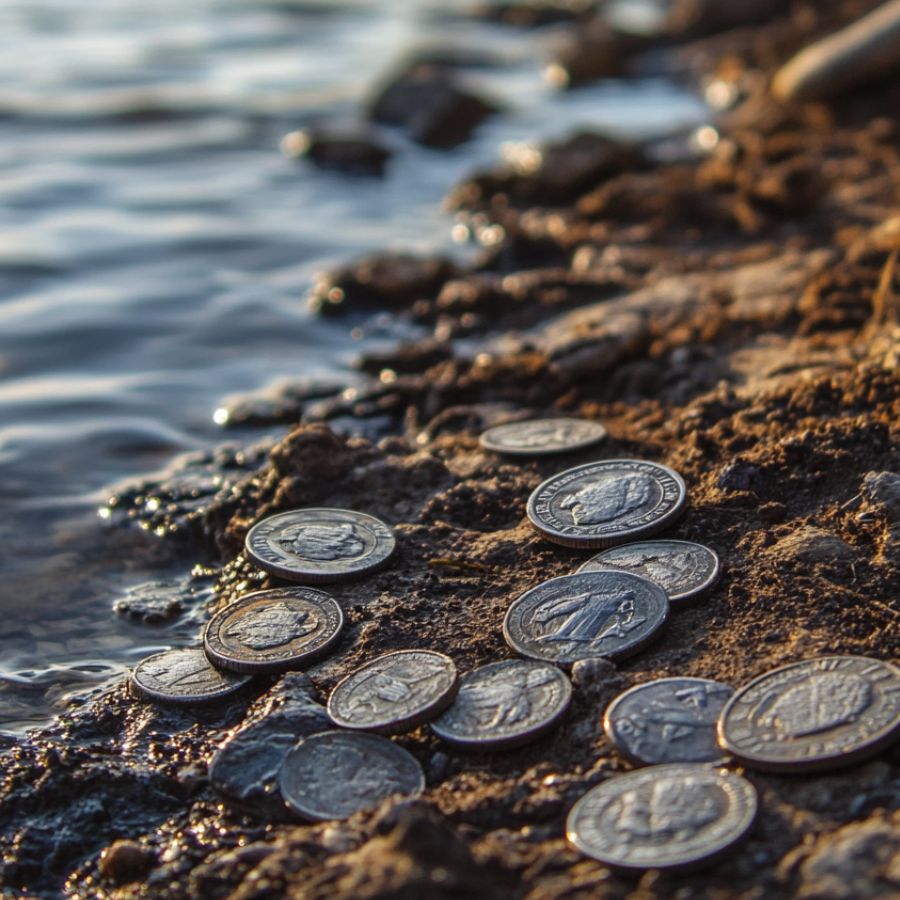
In the early 20th century, a collection of Spanish coins was discovered near the Sabine River. These coins were believed to be from a lost shipment dating back to the 1700s. At the time of their discovery, the coins were valued at approximately $20,000.
The Sabine River area has a rich history of Spanish exploration and trade. It’s believed that the coins originated from a Spanish shipment that was lost or stolen during transit in the 18th century. The discovery provided tangible evidence of the region’s colonial past.
The collection included various denominations, showcasing the currency used during Spain’s colonial period in North America. Such finds offer valuable insights into the trade and economic history of the era.
How much the treasure would be worth today
Considering the historical significance and rarity, the collection of Spanish coins would likely be valued at over $1 million today.
The hunt for treasure never truly ends—be sure to check out our list of the 18 most valuable lost treasures in Texas that you might be able to find yourself.

